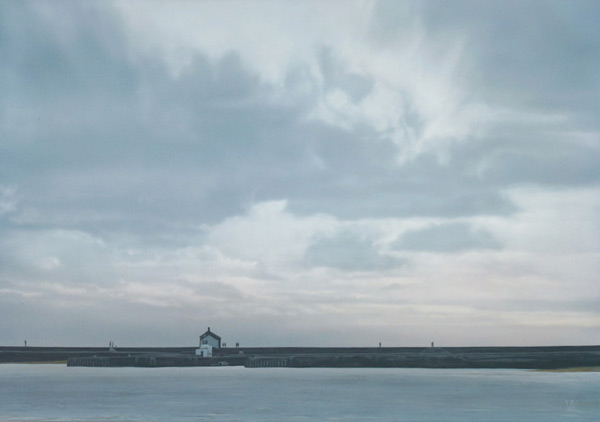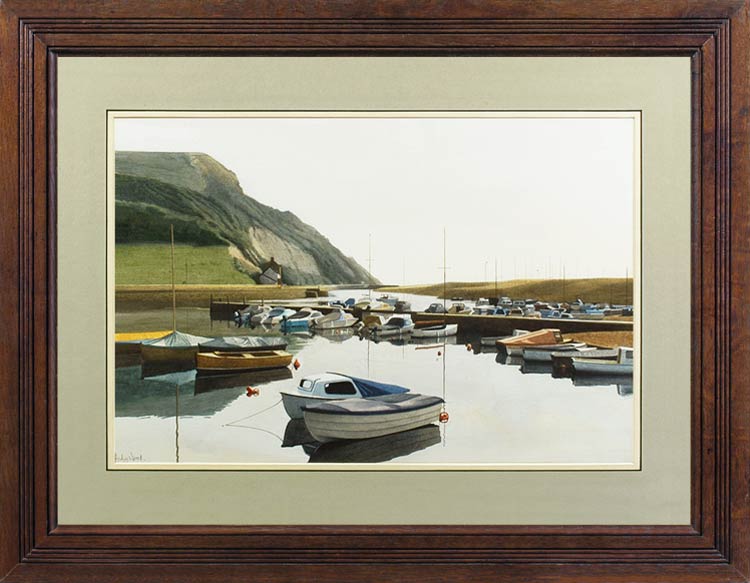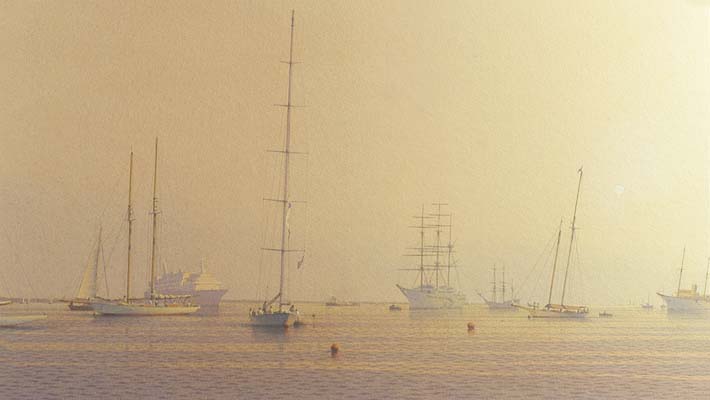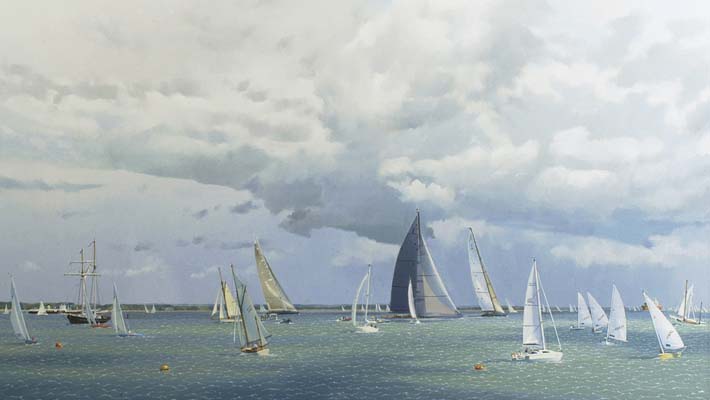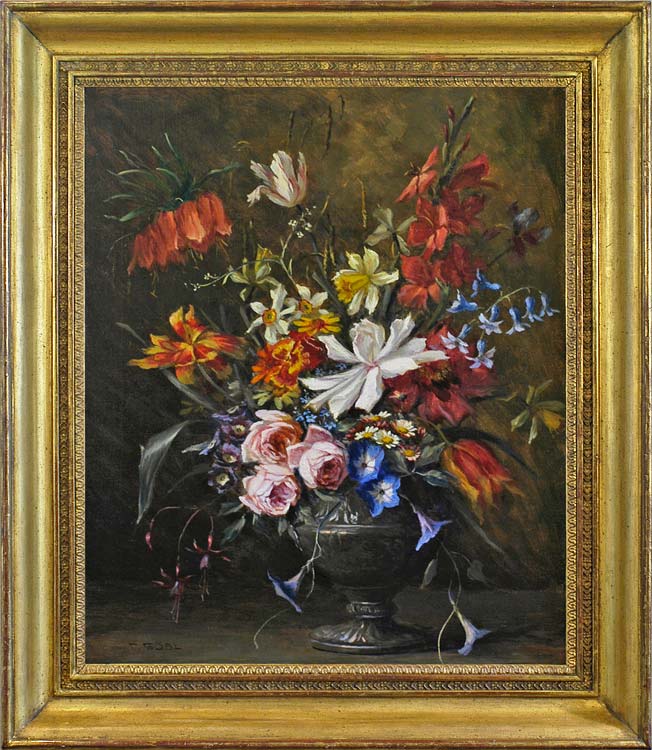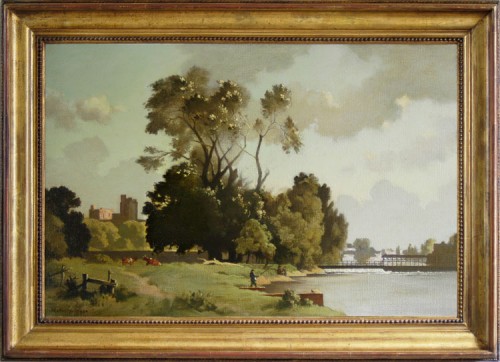The artist sets brush to canvas; the collector hangs a finished piece proudly on the wall of their home or gallery. What happens between these two moments is often obscure to those outside the artistic community. As an art dealer in London, however, it is impossible to ignore the fact that we play an important role in the process.

There is a stereotypical image of the starving artist, and whilst it is not the case for all, many famous artists have struggled to find a market for their work during their lifetime. Vincent van Gogh is often cited as a famous example, although in his case the lack of acclaim and financial success during his lifetime may partly be attributed to the fact that the body of his work was created during the last years of his life. The fact is, while an artist may be exceptionally talented at creating art, they may not necessarily have the skills to market it.
This, then, is the role of the art dealer; to bridge the gap between artist and collector, to champion their chosen artists and bring their work to public attention. Art dealers act as curators, often travelling extensively to create a collection which they can then showcase to the art-buying public in their galleries, at art fairs, and increasingly online.
Individual art dealers will often specialise in a particular period or style; for example, you can find a number of dealers who specialise in Old Masters, or in contemporary art. Here at Mark Mitchell, we specialise in 19th-21st century British and Continental fine art.
 A selection of works from Mark Mitchell’s collection
A selection of works from Mark Mitchell’s collection
For the prospective purchaser of an artwork, this makes it easier to locate a piece which suits their style and taste; simply find an art dealer with similar sensibilities, and their collection is bound to offer pieces you find attractive.
The art dealer may also have an influence in the manner of presentation. Combining an understanding of the current trends in home décor as well as an artistic education, the dealer may choose to present a piece either in an original frame or to reframe it in a manner that will be appealing to the modern purchaser.
For the artist, the dealer offers representation and an advocate to promote their work to a larger audience. For the purchaser, the dealer offers not only a curated collection but also the reassurance of authority. The dealer is relied upon to assure the provenance of a piece – in some cases, with such authority that they are trusted to identify unsigned artworks based on brushwork, form and other stylistic features.
The secret of a good art dealer is, therefore, not only in their knowledge but in the relationships they build. Rather than simply acquire art and sell it on, they build relationships with the artists represented; in the case of living artists sometimes even influencing the work produced. Rather than simply sell any piece of art to the person walking into the gallery, they build a relationship to find that person the right piece of art. In this way, they present a vital part of the artistic community.


